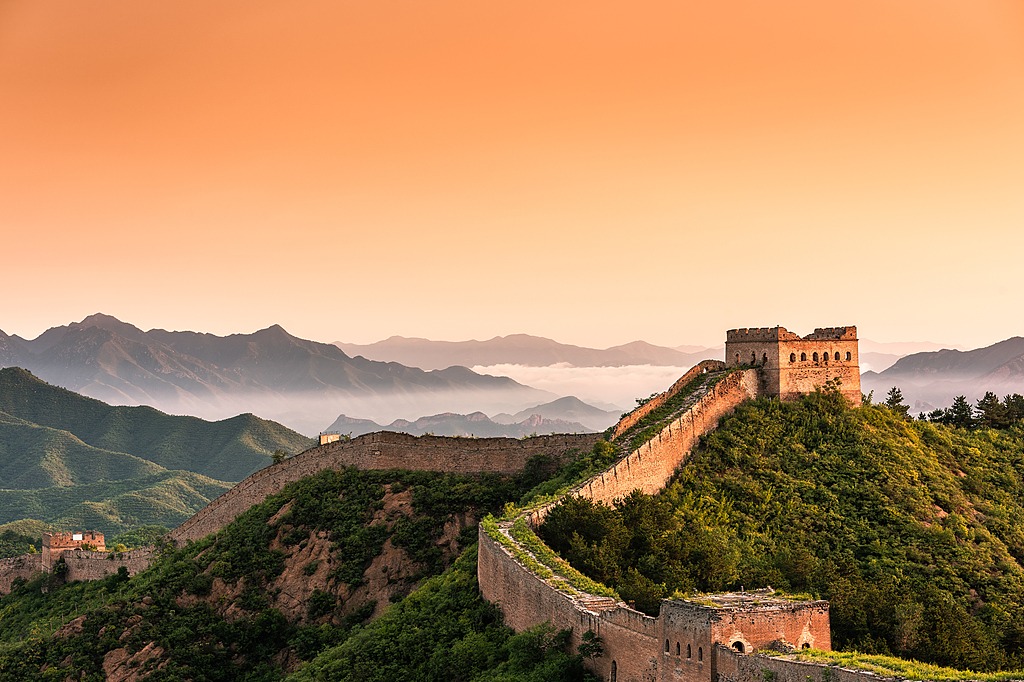Remember the 'Big Short'? This time it's bigger


In the movie The Big Short a fund manager takes a position against the rising American stock market, seeing the incubating subprime as a potential crisis that could bring down a house of cards. He effectively bets against the market, or rather he bets against America. Others are shocked and question his acumen. In the end, when the 2008 subprime crisis erupts into a global financial crisis, and America enters a historic recession, short of outright depression, the fund manager cashes in on his bet and makes a fortune as others lose their shirt.
Now does something sound familiar?
Of course, who could bet against the American market? Many asked this question dumbfounded only just a couple of days ago. Seemed that defying gravity had some invincibility about it. Now what goes up must come down -- Newton once taught us something like that. Remember lessons from The Big Short.
“The Fed is running the show,” one investment banker in America said to me on a recent visit. “The market does not make any sense, however that does not matter at all. Don't look at the substance, just look at what the Fed does and buy when they release liquidity under their Repo.” We are living in a material world as the singer Madonna once said. But it is one based on debt compounded upon more debt and that is what could make this market crash even more dangerous in the long run than 2008.
Nevertheless, some are not observing, listening or believing. Talking heads on the financial news are telling us not to worry. Former US treasury secretary Jack Lew stated emphatically on CNBC that, “this is not a financial crisis,” instead saying it is an overreaction to the coronavirus.
The truth is that the coronavirus together with the Saudi undermining of fixed oil prices has sparked a market panic. The market crash is not due to the panic. The panic is just the spark. The fundamentals are rotten.
Coronavirus is a biological global pandemic. America’s debt is a financial coronavirus.
Not long after the 2008 global financial crisis, Barri Gills, professor of Global Politics at Newcastle University in the United Kingdom, once said, “Collective rationality crisis means we repeat the same behavior with obvious negative consequences, a kind of mental disorder.What we need is a comprehensive radical system change, not just quantitative easing stimulus. Money and debt instruments should be created that go directly to people to create jobs. You must do this, not just lower interest rates and bail out banks.” But that’s not what happened.
After the 2008 subprime stock market crash, the Fed under the administration of then Republican president George W. Bush introduced the concept of quantitative easing, whereby the Fed would purchase back debt and issue more liquidity against the debt that it was purchasing. This policy of steroid-injected dollar liquidity continued as a beeline through the eight years of Barack Obama’s presidential administration. In short, rather than rejecting Bush’s fiscal and monetary policies, Obama not only embraced, but actually cemented these policies. America’s own debt skyrocketed.
One of Donald Trump’s presidential campaign promises was to clear the debt and deficit compounded by Obama. However, since being elected president, Trump has not only adopted Obama’s fiscal policy, but has placed it onto an astral trajectory. America’s debt and deficit are at an unprecedented all-time high. In fact, the monthly debt once issued under Obama’s administration to keep liquidity in the market is equivalent to the daily debt now being issued under Trump.
Trump calls it Repo, instead of QE. The only difference between QE introduced by Bush Jr. and continued under Obama, and the Repo policy of Trump is the name. Trump has used Repo to pump America’s stock market to astronomical, unreal and irrational heights. At least that is one campaign promise he has kept. But what is the potential cost?
From September 2019, the US treasury purchased some $500 billion of new treasury and bonds issues. Meanwhile all countries except the USA have been selling their dollar-denominated bond positions. So the US Treasury is buying back its own bonds to issue liquidity into the market. That means each dollar issued represents a cycle of compounded dollar debt. For the future, generations of Americans will be wallowing in debt.
America's sustainability comes from its dependence on debt and that can only work if it has the only reserve currency in the world and the only clearing currency. They are afraid of China's economic rise, and the possible alternatives that an internationalized yuan, the Belt and Road and 5G offer. That’s what all of these troubles around the world and in the news are all about.
That's why America and Saudi have been so close. If the market goes south then oil would become the next reserve currency. At least that's what Trump’s administration may have been thinking, maybe hoping, maybe fantasizing. Now guess what? Oil has gone south with the market, maybe actually leading it. So what were the Saudis really thinking when they did that?
Fundamental distortions in the market over three presidential administrations have created the greatest financial bubble in world history. In short, the market is just a house of cards. America is well over its head in debt compounded upon debt. And guess what happens when the bubble pops?
Now if you were that hedge fund manager in The Big Short, how would you have bet?
Laurence Brahm is a senior international fellow at the Center for China and Globalization, founding director of the Himalayan Consensus and co-chair of the Silk-Spice Road Dialogues.
The opinions expressed here are those of the writer and do not represent the views of China Daily and China Daily website.


































